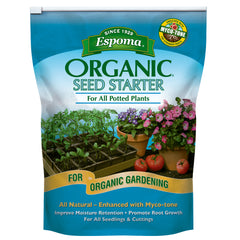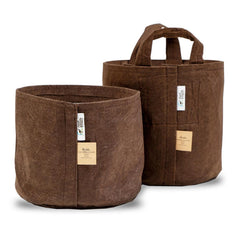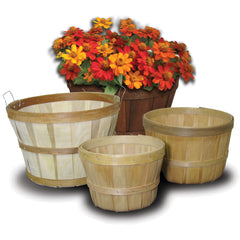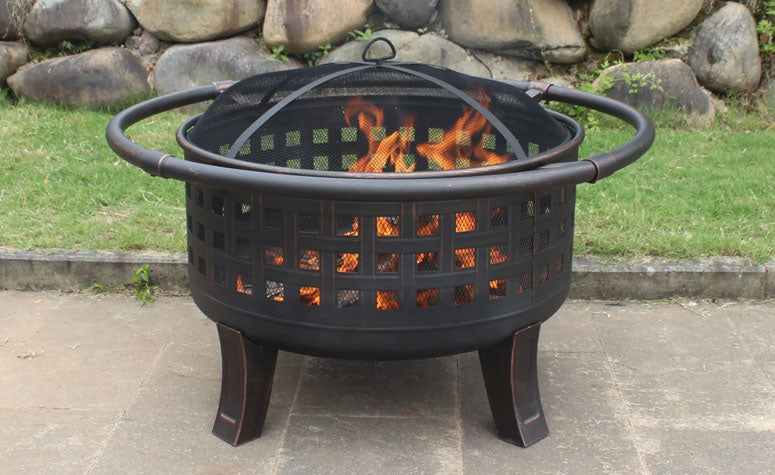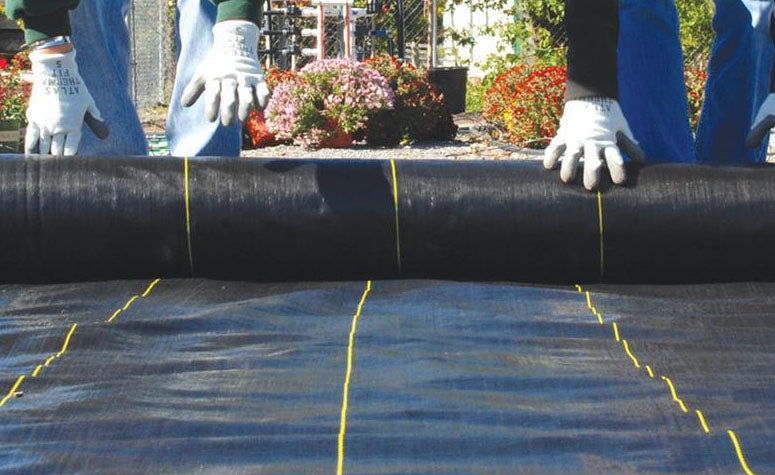With the right care, you’ll have a huge, delicious green bean crop. Most varieties grow best with air temperatures of 65-85 degrees, at least six hours of sunlight daily, well-draining soil and a total of 1-2 inches of water per week. Pole green beans require a trellis, teepee or other support structure to climb. For top-heavy bush beans, you might add short canes or posts. Amending heavy soil with mulch or compost will help drainage.
Pests like Mexican bean beetles, aphids, spider mites, groundhogs and deer love green beans, too. Use appropriate treatments for prevention and control; fencing is the best defense against larger animals. Keeping the vines dry with good air circulation will reduce the risk of fungal diseases.













